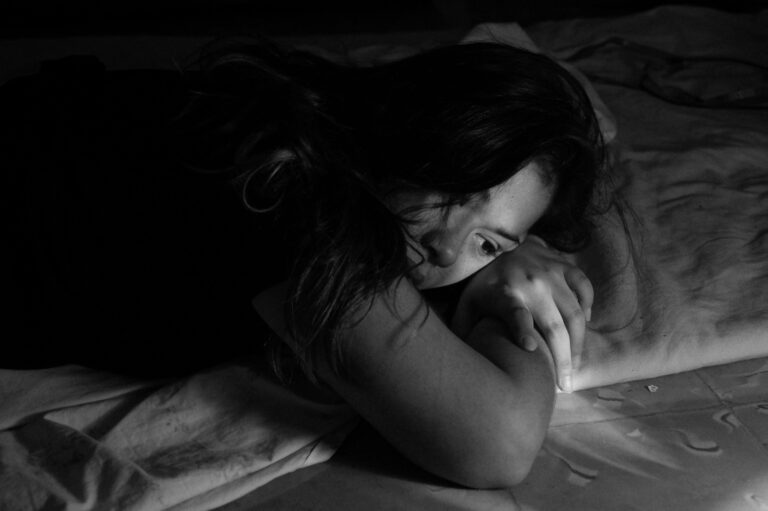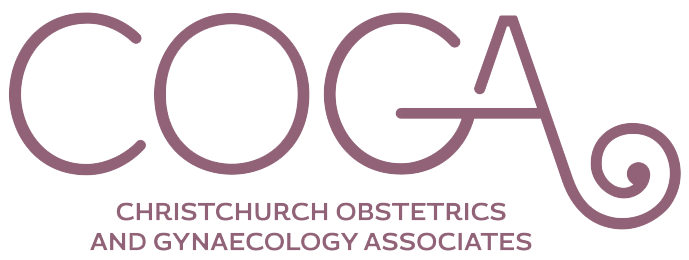Treating period pain at different ages and stages
Dysmenorrhoea (painful periods) can result in symptoms ranging from cramping and nausea to vomiting and headaches. The good news is that period pain is usually treatable, with the range of options available dependent on where you are in life’s journey.
Help for adolescents
While dysmenorrhoea is common for those who have recently gone through puberty, it should not be ignored, especially if the child is giving up sports or staying home from school to deal with cramps and heavy bleeding. The first step in finding a solution is to book an appointment with your GP or specialist.
Your doctor will begin with questions around your child’s menstruation history. A scan may be offered to check for any underlying causes of pain, such as endometriosis. It’s worth mentioning to young people that a physical examination is not always necessary. Particularly for those who have never been sexually active, the exposure can be uncomfortable.
Initial solutions will begin with pain relief such as an anti-inflammatory and paracetamol, and perhaps tranexamic acid (also known as Cyklokapron)which can slow the processes that cause bleeding, making periods more manageable.
An IUD can also be a convenient, and long-acting solution that treats the problem at its source. Fitted by a specialist, the device releases a minuscule amount of the hormone progestogen directly into the uterus to control the monthly growth of the uterine lining. Barely any of the hormone will be absorbed beyond the uterus, meaning the hormonal side effects are very mild in nature.
IUDs can either be fitted in a gynaecologist’s rooms or under general anaesthetic to lessen anxiety or pain around the procedure. A young person with an imperforate hymen may experience slightly more pain than someone who is sexually active so having it fitted under a general anaesthetic can remove that obstacle.
It will usually take 4 – 6 cycle months to settle in. Often, the IUD stops periods altogether, which frees up possibilities for sports and swimming year round. It also works as a highly effective form of contraception if required now or down the line.

Managing menstruation over the reproductive years
For those experiencing dysmenorrhoea in their reproductive years (late teens to early 40s), treatments may differ depending on their plans for having children and whether there are any underlying causes present.
Again, the first step is to book in for a consultation with your doctor, who will lead a discussion about your cycle and how your body reacts when you have your period.
Your doctor will first want to rule out the possibility of underlying causes, such as endometriosis, polyps or fibroids. They may do this by examining the abdomen for any abnormalities externally, as well as checking the cervix and assessing the shape of the uterus through an examination or imaging. Swabs may be taken at this point to check for infection and, if required, the doctor may also use an ultrasound scan. If there is still some question, a laparoscopy might be scheduled. This surgical procedure involves inserting a thin telescope through a small incision in the wall of the abdomen.
Where there is no underlying cause present, solutions will involve managing pain and/or hormone levels. If you are trying to get pregnant, the solution will be around pain management, and anti inflammatories and paracetamol may be offered, as well as advice around adjusting diet and including regular exercise, which can help reduce instances of pain.
For those who are not looking to get pregnant anytime soon, period suppression through an IUD can solve a lot of issues. For many women, this stops periods altogether, which can feel freeing after many years of menstruation. If you decide you want to have children after having an IUD fitted, it can be easily removed and your normal level of fertility will return almost immediately.
"For those who are not looking to get pregnant anytime soon, period suppression through an IUD can solve a lot of issues."
Treating post menopausal bleeding
For women who have gone through menopause, which is defined as periods ceasing for 12 months or more, instances of bleeding should be taken seriously.
During menopause, your ovaries stop producing eggs and oestrogen decreases, which makes the lining of your uterus (endometrium) thinner. It can also make your vaginal wall thinner, which may cause bleeding after intercourse. This is called atrophic vaginitis and can be managed through the use of a water based lubricant or a topical oestrogen cream. Usually, this bleeding will only happen once. If it recurs, come along for a check up.
After menopause, more concerning problems can occur when the endometrium grows instead of thinning. This is called endometrial hyperplasia, and it can be a cause of endometrial cancer. As abnormal bleeding is often an early symptom of this, a prompt check up should be obtained to catch it early. Māori and Pasifika women and those with PCOS have an increased risk of endometrial hyperplasia so it is extra important that robust investigations are conducted – that means a specialist examination, pap smear, pipelles and ultrasound scans.
Bleeding can also be caused by some medications, especially tamoxifen, and by polyps, which can be surgically removed.
Your doctor will initially carry out a gentle pelvic examination and may also use an ultrasound and a smear test to rule out possibilities of underlying issues. Depending on the results of these tests, treatments or surgeries may be offered.
No matter what stage of life you are in, the best advice is to have regular check ups to avoid any issues becoming unmanageable. And remember that while you may have accepted painful periods as a fact of life, there are now many more solutions!




